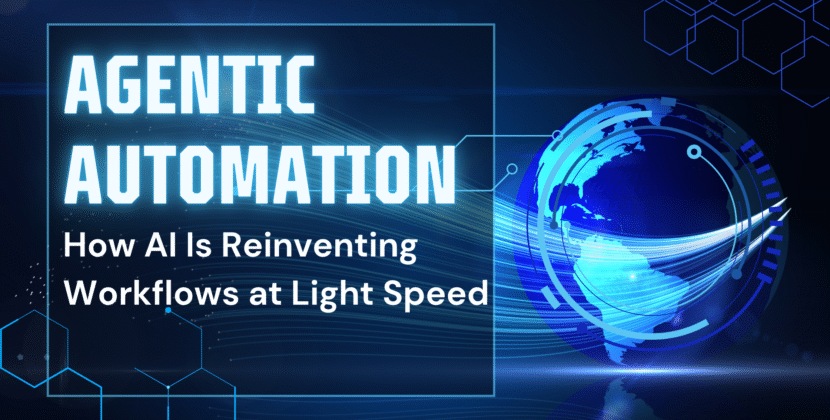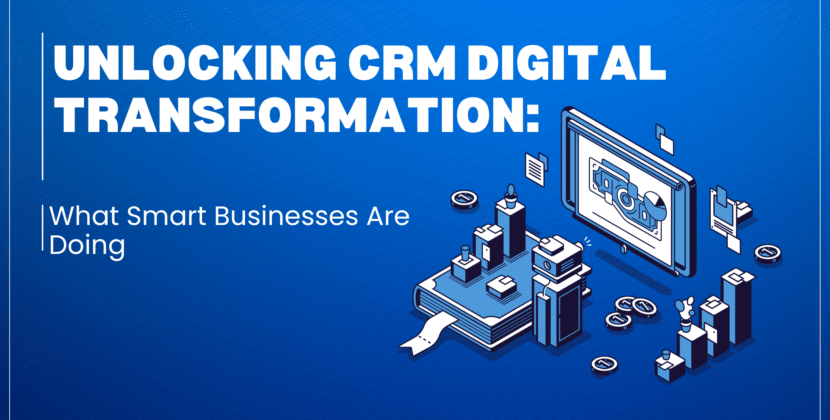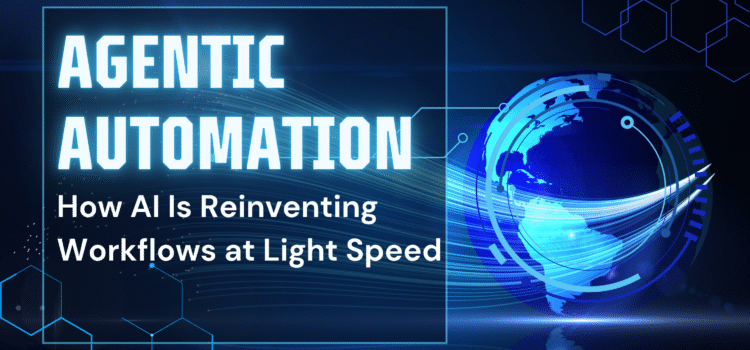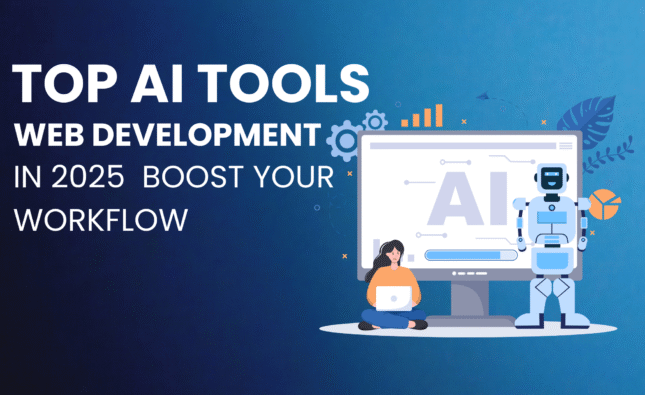Make the Leap to Light Speed with Agentic Automation
As businesses race toward a future defined by speed, intelligence, and efficiency, traditional automation no longer cuts it. Enter agentic automation—a revolutionary blend of AI and automation that’s reshaping how workflows function and how decisions are made.
This blog explores what agentic automation is, why it matters, and how organizations can leverage it to operate at light speed. Inspired by insights from UiPath’s blog, let’s dive into how this transformative approach is reinventing work.
What Is Agentic Automation?
Agentic automation refers to intelligent automation powered by autonomous software agents. Unlike traditional rule-based bots, these agents have goals, decision-making capabilities, and the ability to act independently based on context, environment, and input data.
Think of it as giving automation a brain—where software not only follows instructions but also reasons, plans, adapts, and learns.
Key Elements of Agentic Automation
Here’s what sets agentic automation apart:
- Autonomous Agents: Self-operating systems with decision-making capabilities
- AI-Driven Workflows: AI powers contextual awareness and adaptability
- Goal-Oriented Execution: Agents work toward business objectives, not just task completion
- Human Collaboration: Designed to work alongside people, enhancing productivity
- Continuous Learning: Algorithms improve over time via feedback loops
Why It’s a Game-Changer for Businesses
1. Speed & Efficiency
Agentic automation drastically reduces process time, enabling businesses to respond in real time and cut operational delays. Workflows become proactive instead of reactive.
2. Scalability
With autonomous decision-making, businesses can scale processes without linear increases in workforce or supervision.
3. Cost Reduction
Automation agents handle complex processes, reducing the need for manual oversight, minimizing errors, and saving costs.
4. Innovation Enablement
By offloading repetitive and cognitive tasks, teams are freed to focus on strategy, creativity, and innovation.
5. Future-Ready Infrastructure
Agentic automation lays the groundwork for AI-native operations, which are essential for staying competitive in the future economy.
Real-World Applications of Agentic Automation
- Customer Service: Intelligent chatbots resolve queries contextually
- HR: Automated recruitment agents screen and shortlist candidates
- Finance: Agents analyze real-time data for fraud detection
- Healthcare: Workflow bots assist with patient intake and documentation
- Supply Chain: Automated inventory monitoring and replenishment
How to Get Started with Agentic Automation
-
Identify High-Impact Use Cases
Focus on repetitive, decision-based, or data-heavy workflows. -
Choose the Right Platform
Use AI-friendly automation tools like UiPath that support agent-based architecture. -
Train Your Teams
Educate teams on working with AI agents and redesign workflows accordingly. -
Implement in Phases
Start small with pilot projects before scaling organization-wide. -
Monitor & Improve
Use KPIs and analytics to refine performance and retrain agents.
Challenges to Watch For
- ⚠️ Change Management
Employee resistance to AI agents can slow adoption. Focus on collaboration, not replacement. - ⚠️ Ethical AI Use
Ensure transparency and compliance in agent decisions, especially in sensitive industries. - ⚠️ Data Quality
Poor data can lead to poor decisions. Invest in clean, structured, and accessible data.
Conclusion
Agentic automation is not just another buzzword—it’s the future of intelligent business. By combining AI and automation, it empowers organizations to operate at unparalleled speed and scale. Companies that embrace this evolution now will not only future-proof their operations but lead in the era of AI-native workflows.
If your goal is to leap forward rather than lag behind—agentic automation is your launchpad.












